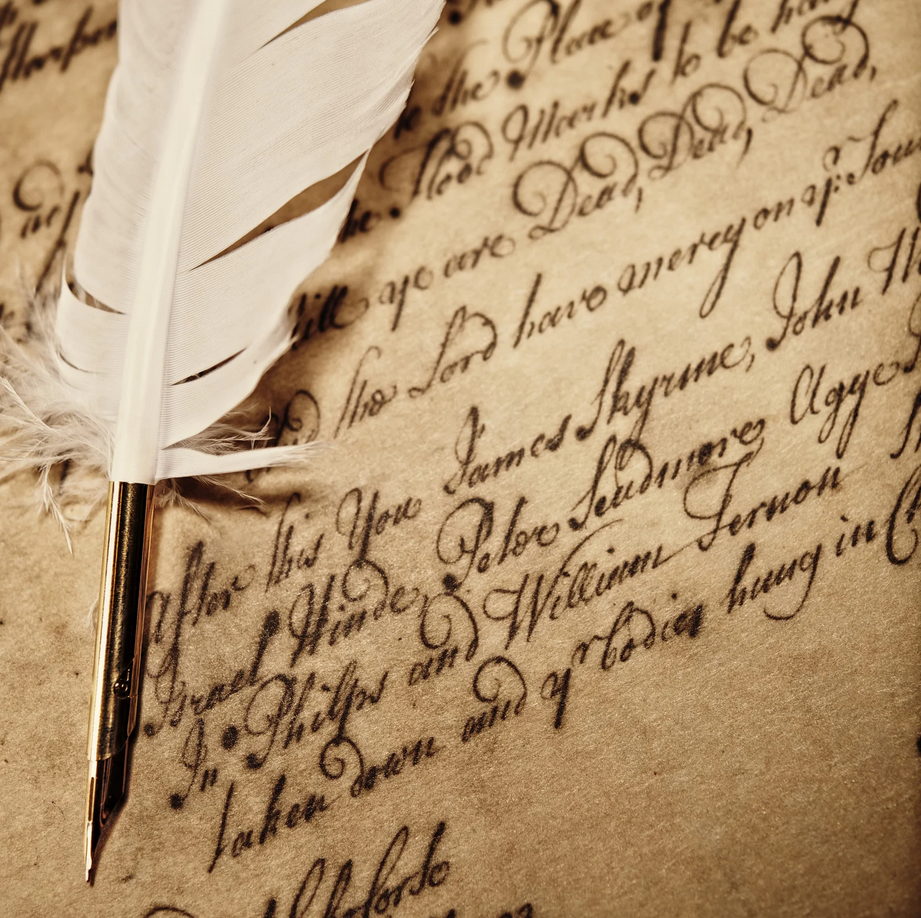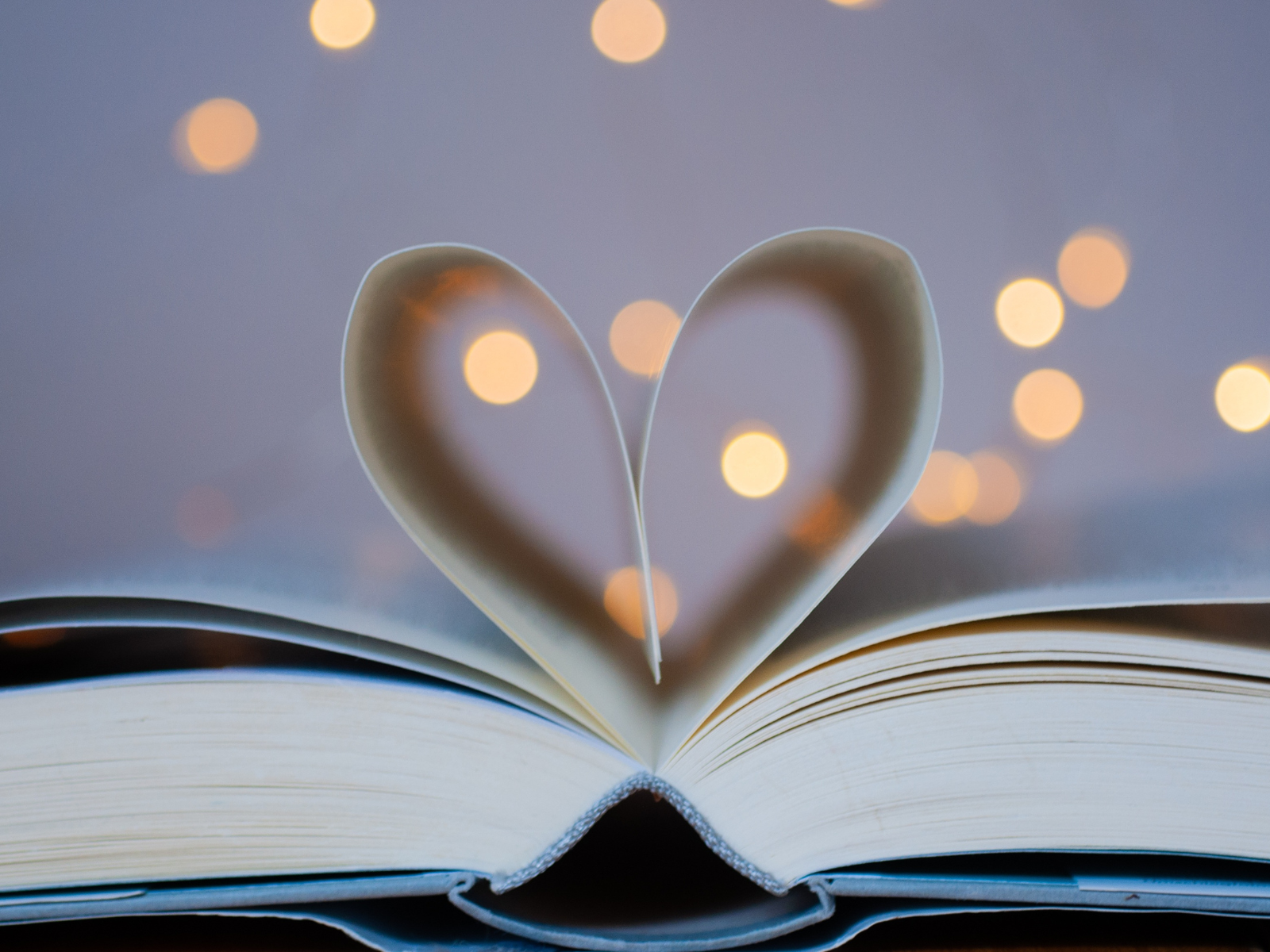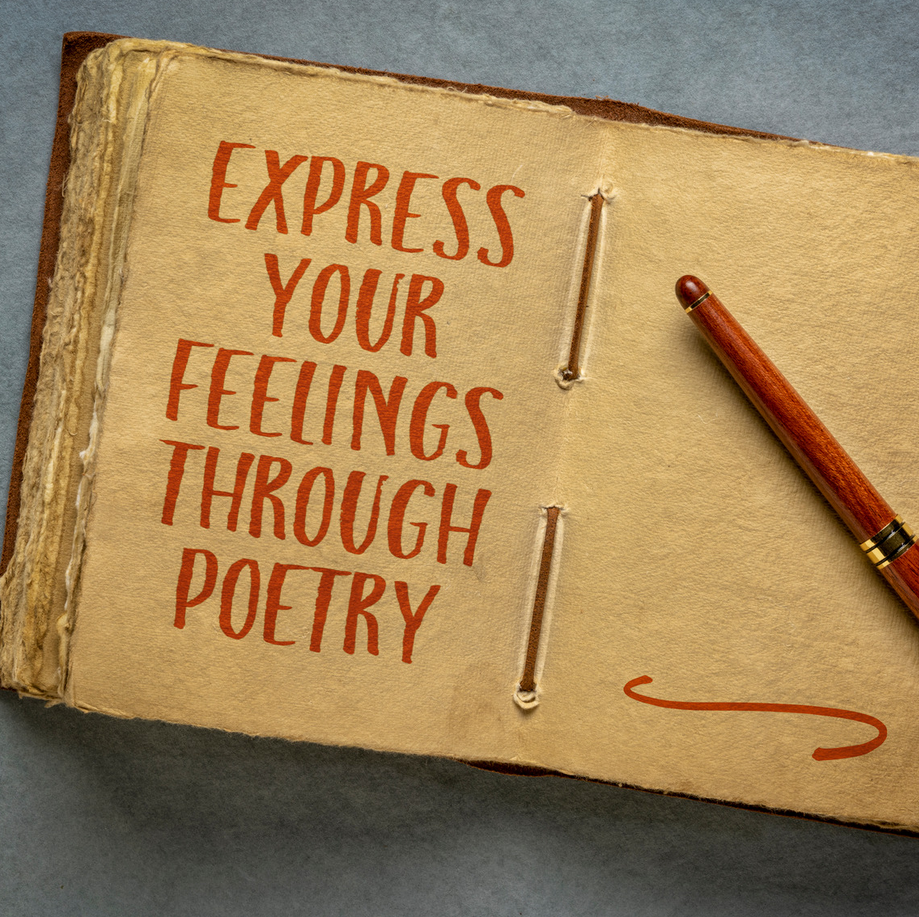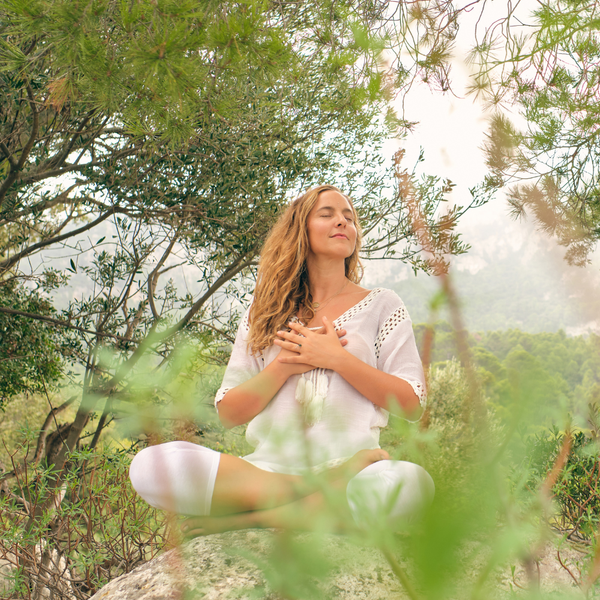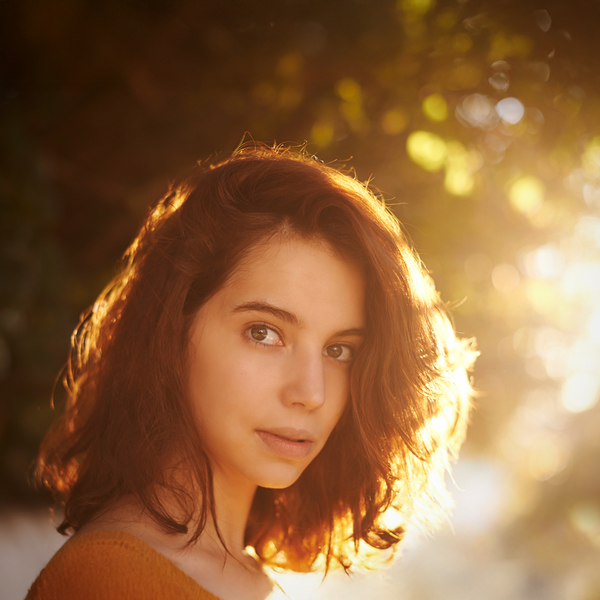Poetry is an art form that has captivated humanity for centuries.
From the epic poems of ancient Greece to the contemporary poetry of today, the written word has always been a powerful medium for expressing emotion, telling stories, and exploring the human condition.
But what exactly is a verse, and how does it relate to a poem?
This article delves into the intricate relationship between verses and poems, shedding light on their definitions, structures, and examples.
Key Takeaways:
- Understanding the distinction between a verse and a poem is crucial for appreciating the nuances of poetry.
- Verses can exist within poems, but not all verses are standalone poems.
- Different forms of poetry, such as free verse poetry and blank verse poetry, offer unique structures and styles.
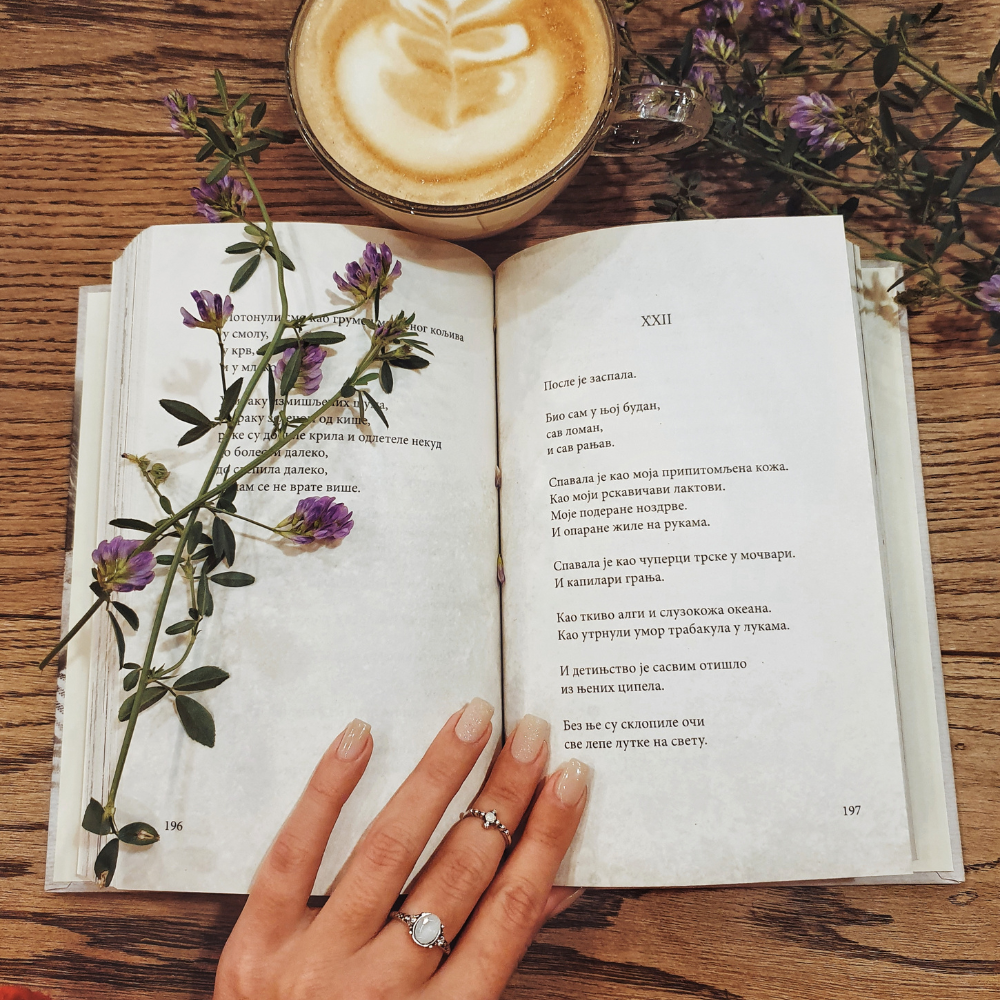

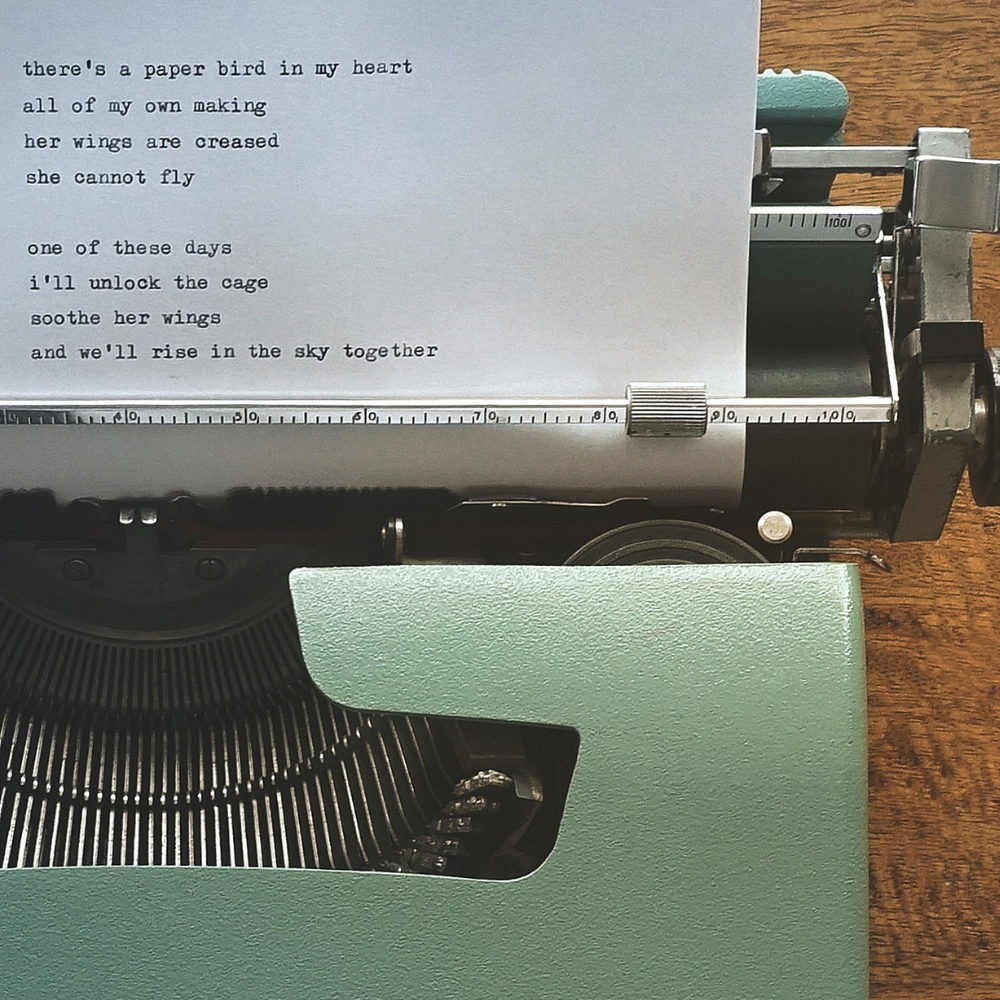
Defining Verse and Poem
A verse refers to a single line of poetry or a specific section within a poem.
It is the building block of a poem, much like a sentence is to prose.
Verses can vary in length, from a single line to multiple lines, and they often follow a metrical pattern or rhyme scheme.
On the other hand, a poem is a complete piece of writing that uses verses to convey a theme, emotion, or story.
Poems can be short or long, simple or complex, and they often employ various literary devices to enhance their meaning and impact.
Structure of a Verse
Verses are characterized by their metrical pattern and rhyme scheme.
For example, a blank verse poem is written in unrhymed iambic pentameter, which means each line consists of ten syllables with a pattern of unstressed and stressed syllables.
This form was famously used by William Shakespeare in his plays and sonnets.
In contrast, a free verse poem does not adhere to a consistent rhyme scheme or metrical pattern, allowing poets more freedom in their expression.
Free verse poetry is often associated with modern and contemporary poetry, where the focus is on the natural rhythm of the language rather than a strict structure.
Examples of Verses in Poetry
To better understand the concept of a verse, let's look at some examples.
In Samuel Taylor Coleridge's "The Rime of the Ancient Mariner," the first verse sets the tone for the entire poem: "It is an ancient Mariner, / And he stoppeth one of three."
This verse introduces the main character and immediately draws the reader into the story.
Another example is found in John Keats's "Ode to a Nightingale," where the first verse reads: "My heart aches, and a drowsy numbness pains / My sense, as though of hemlock I had drunk."
Here, Keats uses vivid imagery and emotion to engage the reader from the very beginning.
Role of Rhyme and Meter in Verses
Rhyme and meter play a crucial role in the structure of verses.
A consistent rhyme scheme, such as the AABBA rhyme scheme found in many limericks, creates a musical quality that enhances the reading experience.
Meter, on the other hand, refers to the rhythmic pattern of a verse, which can vary depending on the type of poem.
For instance, iambic pentameter, with its alternating unstressed and stressed syllables, is a common metrical pattern in English poetry.
These elements work together to create a sense of harmony and flow within a poem.
Evolution of Free Verse Poetry
Free verse poetry emerged in the late 19th and early 20th centuries as poets sought to break free from the constraints of traditional forms.
Pioneers like Walt Whitman and Ezra Pound championed this new style, which allowed for greater flexibility and creativity in writing poetry.
Free verse poetry does not follow a consistent rhyme scheme or metrical pattern, giving poets the freedom to experiment with language and form.
This evolution has led to a diverse range of poetic expressions, from the lyrical to the narrative, and has expanded the possibilities of what poetry can be.
Distinction Between Verse and Prose
While both verse and prose are forms of written expression, they differ significantly in their structure and purpose.
Prose is written in ordinary language without a metrical pattern or rhyme scheme, and it is typically used for novels, essays, and other forms of non-poetic writing.
Verse, on the other hand, is characterized by its rhythmic and often rhyming structure, making it a key component of poetry.
This distinction is important for understanding the unique qualities of poetry and the ways in which it can convey meaning and emotion.
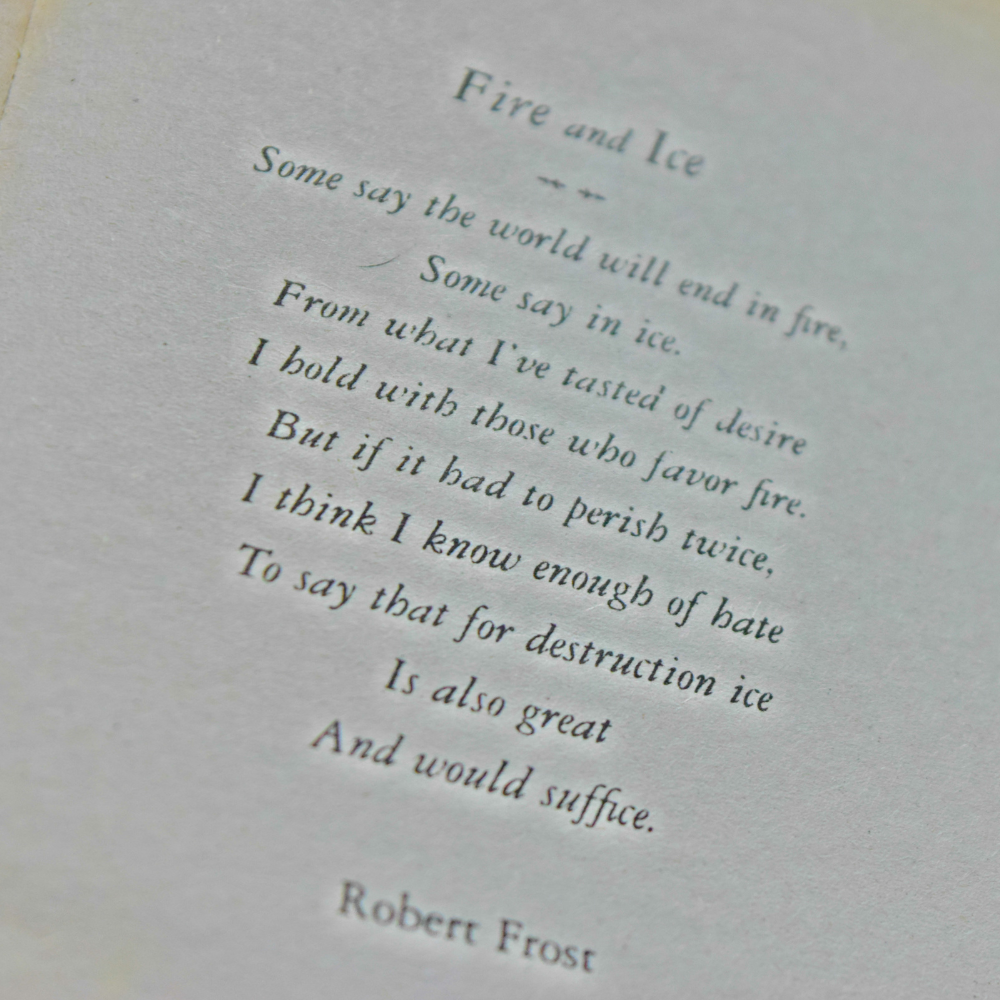


Importance of Literary Devices in Verses
Literary devices such as metaphor, simile, alliteration, and assonance are essential tools for poets when crafting verses.
These devices add depth and richness to the language, creating layers of meaning that enhance the reader's experience.
For example, in the first verse of William Shakespeare's "Sonnet 18," the poet uses a metaphor to compare his beloved to a summer's day: "Shall I compare thee to a summer's day? / Thou art more lovely and more temperate."
This use of metaphor not only creates a vivid image but also conveys the poet's admiration and affection.
Role of Verses in Epic Poems
Epic poems, such as Homer's "The Iliad" and "The Odyssey," are long narrative poems that tell grand stories of heroism, adventure, and the human condition.
These poems are composed of numerous verses, each contributing to the overall narrative and thematic structure.
The verses in epic poems often follow a specific metrical pattern, such as dactylic hexameter in ancient Greek epics, which creates a rhythmic and musical quality.
The use of verses in epic poems allows for a detailed and immersive storytelling experience, drawing readers into the world of the poem.
Use of Verses in Pastoral Poetry
Pastoral poetry is a genre that idealizes rural life and nature, often featuring shepherds, landscapes, and the simplicity of country living.
Verses in pastoral poetry typically use vivid imagery and descriptive language to evoke a sense of tranquility and beauty.
For example, in Christopher Marlowe's "The Passionate Shepherd to His Love," the verses paint a picture of an idyllic countryside: "Come live with me and be my love, / And we will all the pleasures prove."
These verses create a romanticized vision of rural life, inviting the reader to escape into a peaceful and harmonious world.
Influence of Verses on Contemporary Poetry
Contemporary poetry continues to be influenced by the use of verses, even as poets experiment with new forms and styles.
The flexibility of free verse poetry allows contemporary poets to explore a wide range of themes and emotions without being constrained by traditional structures.
At the same time, the use of verses with a consistent rhyme scheme or metrical pattern can still be found in many contemporary poems, demonstrating the enduring appeal of these elements.
The interplay between traditional and modern approaches to writing poetry enriches the art form and keeps it relevant for new generations of readers.
Relationship Between Verses and Stanzas
A stanza is a group of verses that form a unit within a poem, much like a paragraph in prose.
Stanzas can vary in length and structure, and they often follow a specific rhyme scheme or metrical pattern.
For example, a quatrain is a stanza composed of four lines, while a sestet consists of six lines.
The use of stanzas helps to organize the poem and create a sense of progression and coherence.
By grouping verses into stanzas, poets can emphasize certain themes or ideas and create a more structured and impactful reading experience.
Role of Verses in Spoken Word Poetry
Spoken word poetry is a performance-based art form that emphasizes the oral delivery of poetry.
Verses in spoken word poetry are crafted to be heard rather than read, and they often use rhythm, rhyme, and repetition to create a powerful and engaging performance.
The use of verses in spoken word poetry allows poets to connect with their audience on an emotional level, using the sound and cadence of the language to convey meaning and evoke a response.
This dynamic and interactive form of poetry highlights the importance of verses in creating a memorable and impactful experience.

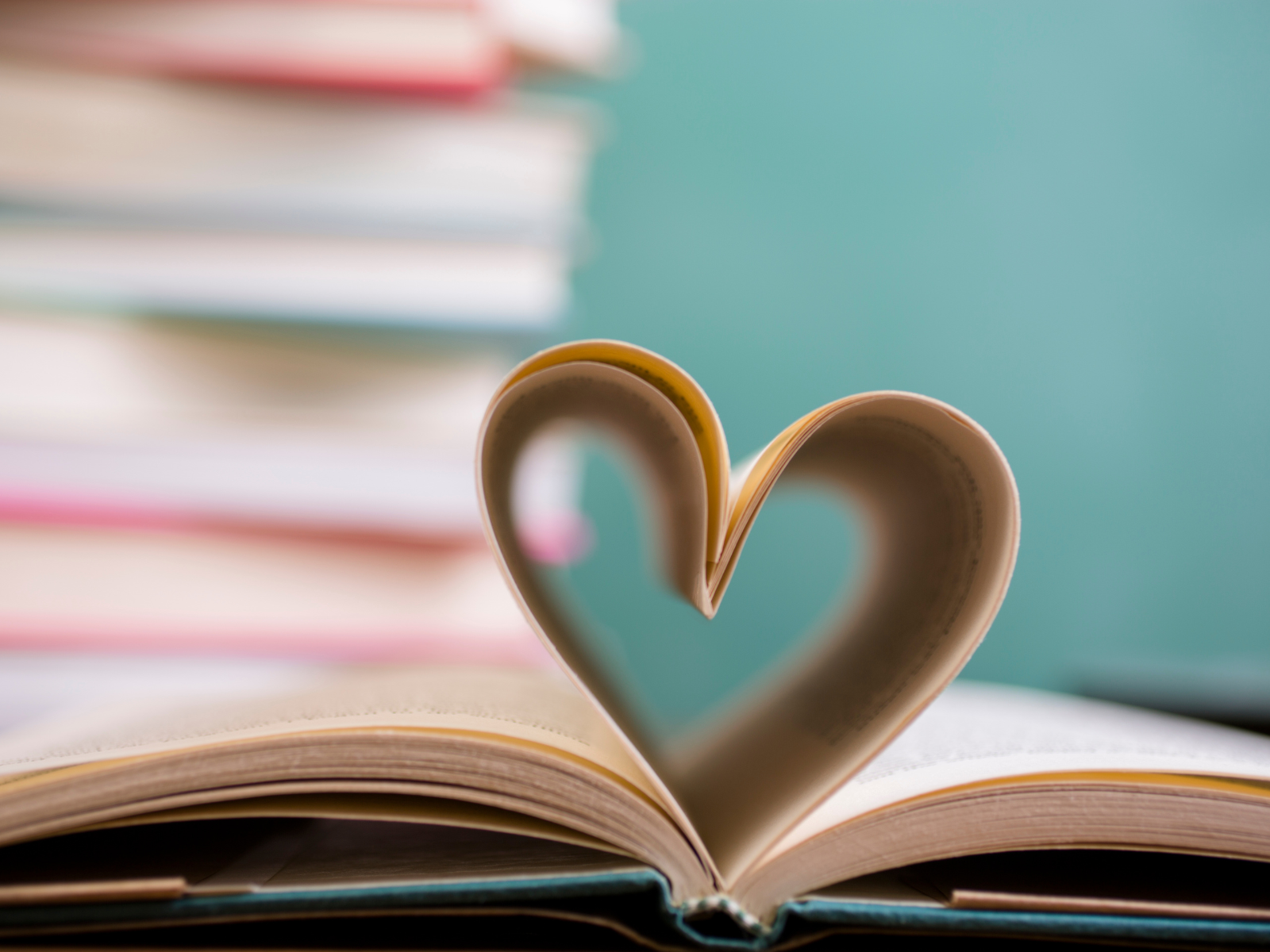
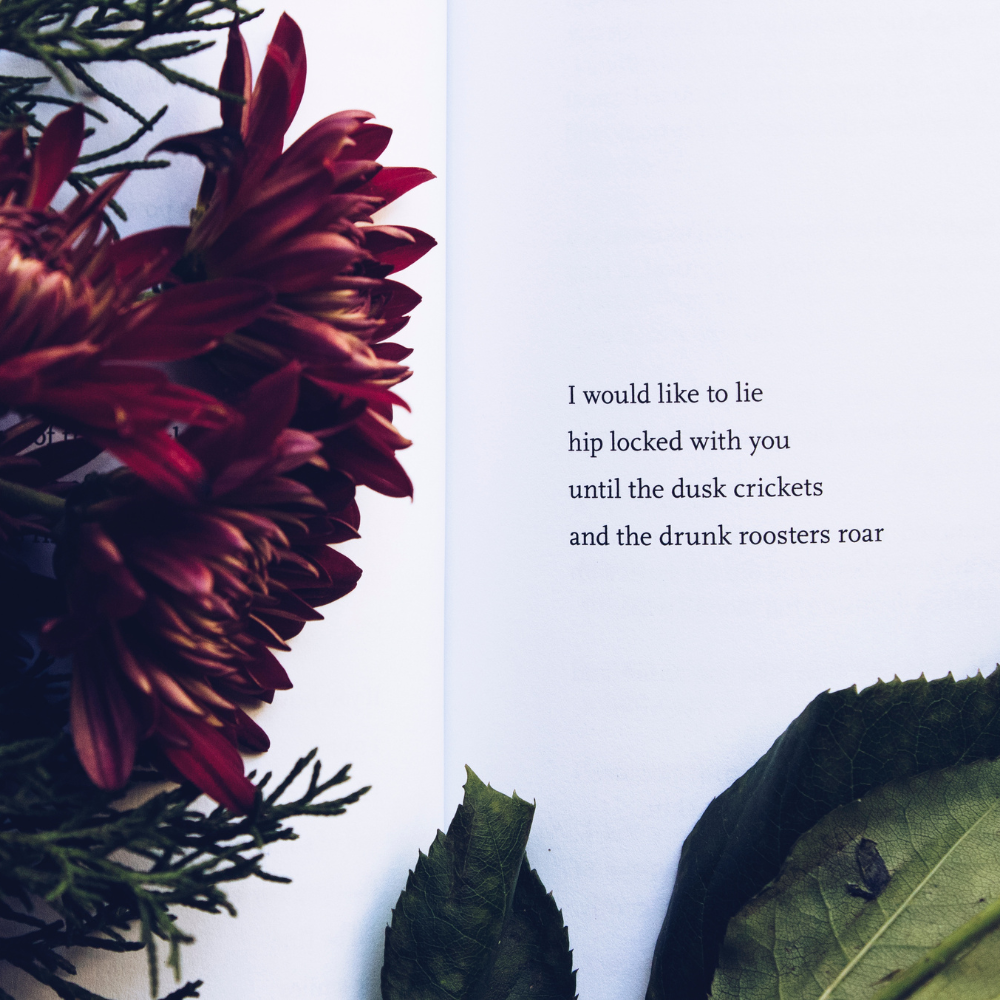
Use of Verses in Song Lyrics
Song lyrics are a form of poetry set to music, and they often use verses to structure the song and convey its message.
Verses in song lyrics typically follow a consistent rhyme scheme and metrical pattern, creating a musical quality that complements the melody.
For example, the verses in Bob Dylan's "Blowin' in the Wind" use a simple and repetitive structure to convey the song's themes of peace and freedom: "How many roads must a man walk down / Before you call him a man?"
The use of verses in song lyrics demonstrates the close relationship between poetry and music and the ways in which they can enhance each other.
Role of Verses in Religious Texts
Religious texts, such as the Bible and the Quran, often use verses to convey spiritual teachings and moral lessons.
These verses are typically written in a poetic and rhythmic style, making them easier to remember and recite.
For example, the verses in the Book of Psalms use parallelism and repetition to create a sense of rhythm and emphasis: "The Lord is my shepherd; I shall not want. / He maketh me to lie down in green pastures."
The use of verses in religious texts highlights the power of poetry to convey profound and timeless messages.
Use of Verses in Children's Poetry
Children's poetry often uses verses with simple language, rhyme, and rhythm to engage young readers and make the poems enjoyable and memorable.
For example, the verses in Dr. Seuss's "Green Eggs and Ham" use a playful and repetitive structure to create a fun and engaging reading experience: "I do not like green eggs and ham. / I do not like them, Sam-I-am."
The use of verses in children's poetry helps to develop language skills, foster a love of reading, and introduce young readers to the joys of poetry.
Role of Verses in Haiku
Haiku is a traditional Japanese form of poetry that consists of three lines with a syllable pattern of 5-7-5.
Each line of a haiku can be considered a verse, and together they create a complete poem that captures a moment in nature or an emotion.
For example, a famous haiku by Matsuo Basho reads: "An old silent pond... / A frog jumps into the pond— / Splash! Silence again."
The use of verses in haiku demonstrates the power of brevity and simplicity in poetry, where each verse contributes to the overall impact of the poem.
Use of Verses in Sonnets
Sonnets are a form of poetry that consists of 14 lines, typically written in iambic pentameter.
Each line of a sonnet can be considered a verse, and the verses are often grouped into stanzas with a specific rhyme scheme.
For example, the Shakespearean sonnet follows an ABAB CDCD EFEF GG rhyme scheme, with the final two lines forming a rhyming couplet.
The use of verses in sonnets allows poets to explore complex themes and emotions within a structured and disciplined form, creating a sense of balance and harmony.
Role of Verses in Limericks
Limericks are a form of humorous poetry that consists of five lines with an AABBA rhyme scheme.
Each line of a limerick can be considered a verse, and the verses work together to create a playful and often nonsensical poem.
For example, a classic limerick reads: "There once was a man from Nantucket / Who kept all his cash in a bucket. / But his daughter, named Nan, / Ran away with a man, / And as for the bucket, Nantucket."
The use of verses in limericks highlights the importance of rhyme and rhythm in creating a lighthearted and entertaining poem.
Use of Verses in Ballads
Ballads are a form of narrative poetry that tells a story through a series of verses.
Each verse of a ballad typically follows a consistent rhyme scheme and metrical pattern, creating a musical quality that enhances the storytelling.
For example, the verses in the traditional ballad "Barbara Allen" use a simple and repetitive structure to convey the tragic love story: "In Scarlet town, where I was born, / There was a fair maid dwellin', / Made every youth cry Well-a-way! / Her name was Barbara Allen."
The use of verses in ballads allows poets to create a sense of continuity and progression, drawing readers into the narrative.
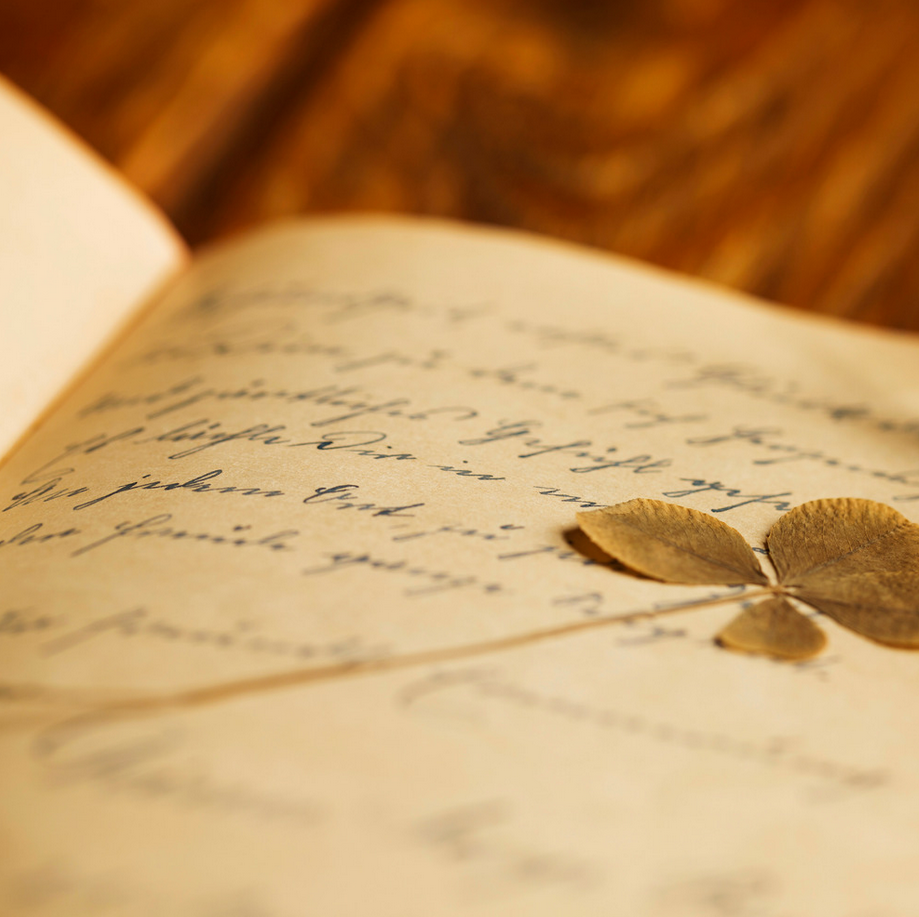

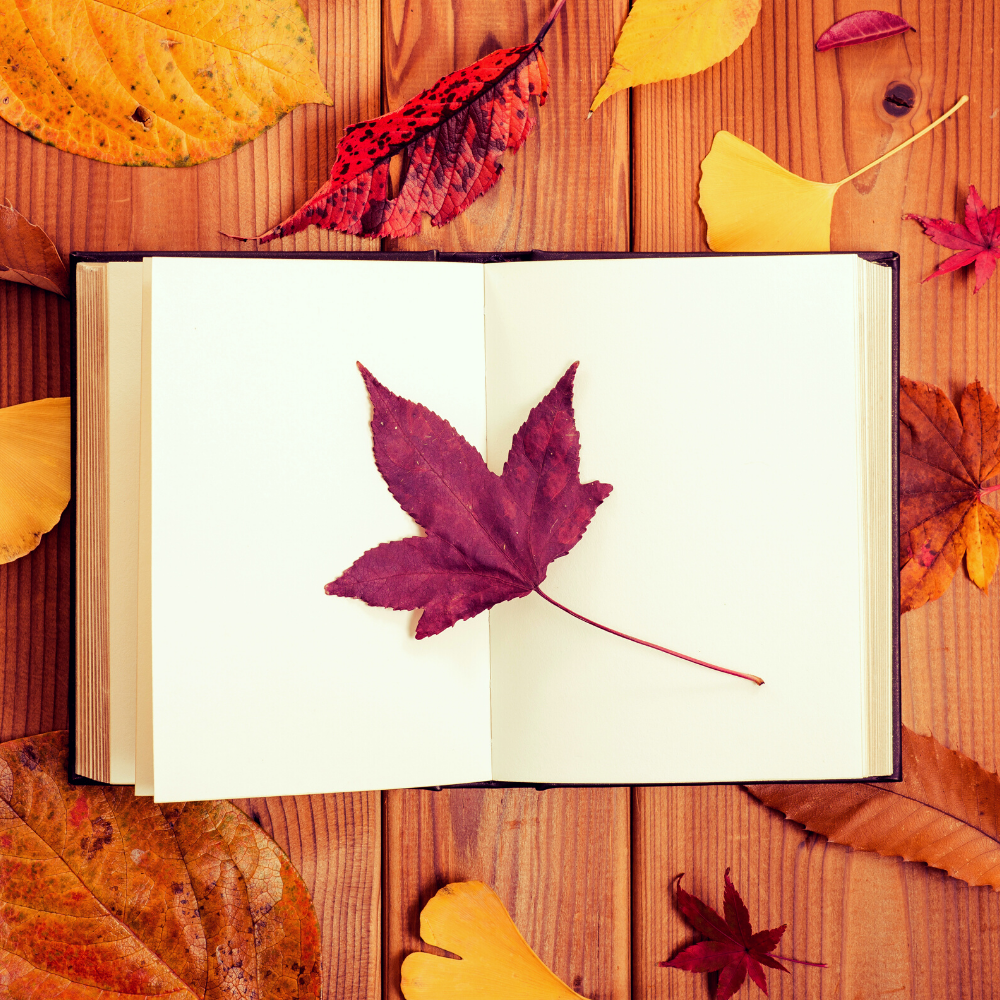
Role of Verses in Elegies
Elegies are a form of poetry that mourns the loss of a loved one or reflects on themes of death and mortality.
Verses in elegies often use a somber and reflective tone, with a focus on expressing grief and remembrance.
For example, the verses in Thomas Gray's "Elegy Written in a Country Churchyard" use vivid imagery and contemplative language to convey the poet's reflections on life and death: "The curfew tolls the knell of parting day, / The lowing herd wind slowly o'er the lea, / The plowman homeward plods his weary way, / And leaves the world to darkness and to me."
The use of verses in elegies allows poets to explore complex emotions and create a sense of intimacy and connection with the reader.
Use of Verses in Odes
Odes are a form of lyric poetry that celebrates a person, place, thing, or idea.
Verses in odes often use elevated language and elaborate imagery to convey admiration and praise.
For example, the verses in John Keats's "Ode to a Nightingale" use rich and evocative language to celebrate the beauty and transcendence of the nightingale's song: "Thou wast not born for death, immortal Bird! / No hungry generations tread thee down; / The voice I hear this passing night was heard / In ancient days by emperor and clown."
The use of verses in odes allows poets to create a sense of grandeur and reverence, elevating the subject of the poem.
Role of Verses in Villanelles
Villanelles are a form of poetry that consists of 19 lines with a specific rhyme scheme and repeating lines.
Each line of a villanelle can be considered a verse, and the verses work together to create a complex and intricate structure.
For example, the verses in Dylan Thomas's "Do Not Go Gentle into That Good Night" use repetition and rhyme to convey the poem's themes of defiance and resistance: "Do not go gentle into that good night, / Old age should burn and rave at close of day; / Rage, rage against the dying of the light."
The use of verses in villanelles allows poets to create a sense of urgency and intensity, drawing readers into the emotional core of the poem.
Use of Verses in Sestinas
Sestinas are a form of poetry that consists of six stanzas of six lines each, followed by a three-line envoi.
Each line of a sestina can be considered a verse, and the verses follow a specific pattern of word repetition.
For example, the verses in Elizabeth Bishop's "Sestina" use the repeated words to create a sense of continuity and cohesion: "September rain falls on the house. / In the failing light, the old grandmother / sits in the kitchen with the child / beside the Little Marvel Stove, / reading the jokes from the almanac, / laughing and talking to hide her tears."
The use of verses in sestinas allows poets to explore themes of memory and repetition, creating a layered and intricate poem.
Role of Verses in Ghazals
Ghazals are a form of poetry that originated in Arabic and Persian literature and consist of rhyming couplets with a refrain.
Each couplet of a ghazal can be considered a verse, and the verses work together to create a lyrical and musical poem.
For example, the verses in Agha Shahid Ali's "Tonight" use the refrain "tonight" to create a sense of longing and desire: "Where are you now? Who lies beneath your spell tonight? / Whom else from rapture's road will you expel tonight?"
The use of verses in ghazals allows poets to explore themes of love and loss, creating a sense of intimacy and connection with the reader.
Embrace the Beauty of Poetry's Building Blocks
Grasping the distinction between a verse and a poem enriches our appreciation of poetry's intricate nuances.
Verses serve as the fundamental building blocks, while poems weave these lines into complete, evocative masterpieces.
The diverse forms of poetry, from free verse to blank verse, showcase the art form's boundless creativity and depth.
By delving into how verses shape poems, we unlock a deeper understanding of the power and beauty that poetry brings to the human experience and gain a deeper appreciation for the power and beauty of the written word.
So, next time you read a poem, take a moment to savor each verse and the unique story it tells.
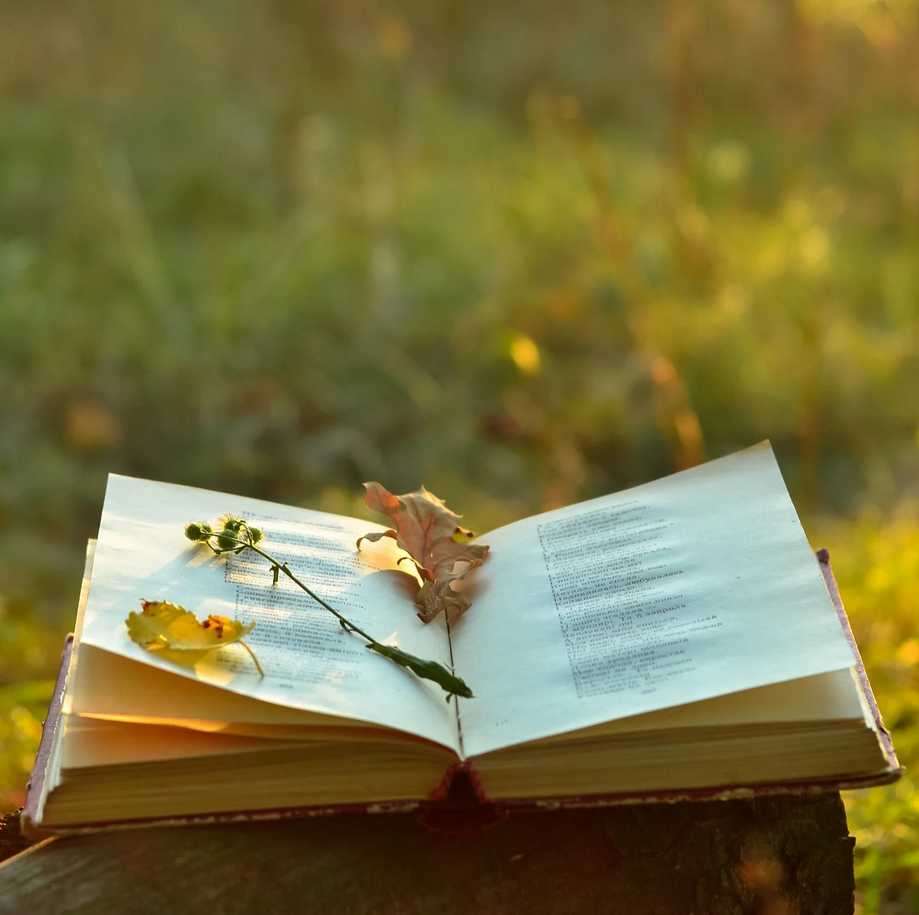
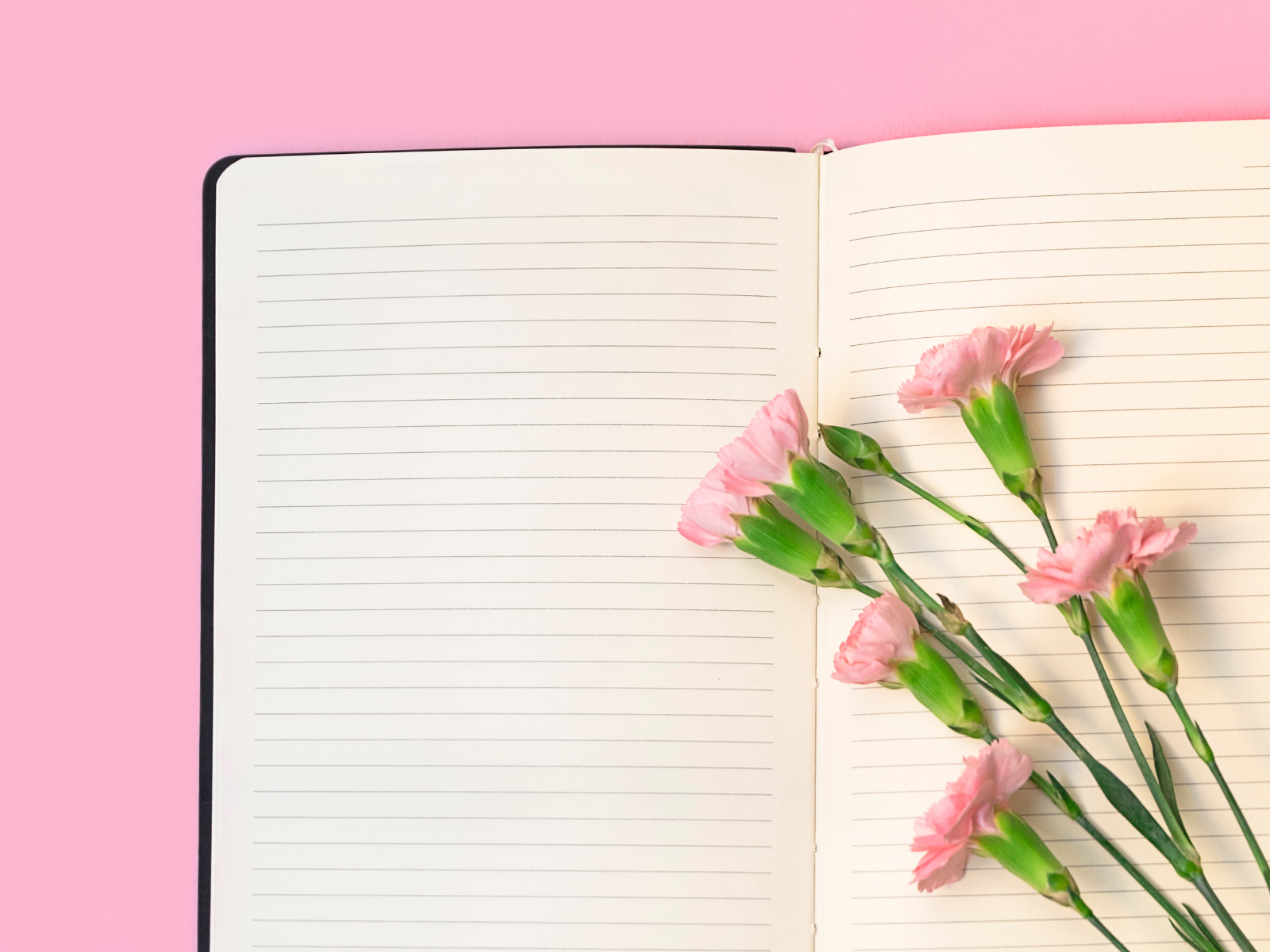

Curious about what makes a poem poetry? Check out TED-Ed's video!
Want even more content about creativity and art?
Be sure to check out all of our creative chronicles!
Love writing and poetry? Considering creating your own written masterpieces?
Check out some of our other articles and poems:

